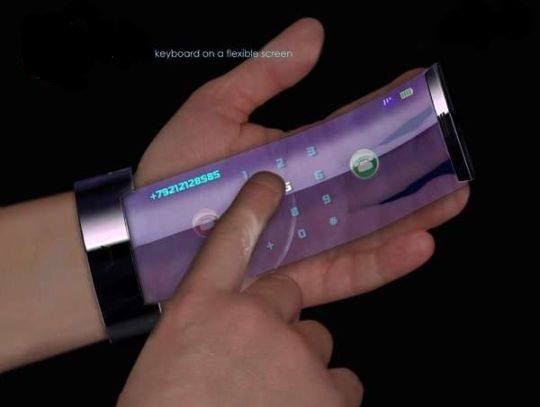Other Life in the Universe? Scientists Claiming They’ve Found ‘Extra-Terrestrial Fossils’ in Meteor Fragment
Scientists publish second paper claiming they have found ‘extra-terrestrial fossils’ in meteor fragment.
Other life in the Universe? Well…two recently published reports by Professor Chandra Wickramasinghe of the Buckingham Centre for Astrobiology, are making those extraordinary claims. Dr. Wickramasinghe’s latest report, the second of two, states electron microscope images of a meteor that struck Shri Lanka last year, have revealed tiny fossilized Algae-like structures inside the meteors fragments. The report published to the Shri Lankan Ministry of Health, according to the scientists, offers ‘conclusive evidence’ that life exists elsewhere in the Universe. Dr. Wickramasinghe’s team is convinced that their findings establishes the ‘Seeding’ theory that life in the Universe is spread by meteoroids, asteroids & planetoids that are hurled out by cosmic collisions possibly light years away. However, skeptics are already lining up to pour scorn on their methodology.
The report details on the evening of December 29 of last year, a bright yellow fireball lit up the skies over Polonnaruwa, Sri Lanka, turning green as it disintegrated on entry into the Earth’s atmosphere. Blazing hot fragments rained down on the villages below & according to reports, leaving some witnesses with burns and emitting strong odors of asphalt. Local police collected samples of the rocks and handed them to the Medical Research Institute of the Sri Lankan Ministry of Health, who then passed them on to researchers at Cardiff University for further analysis. In total Jamie Wallis, of Cardiff’s School of Mathematics, and colleagues received 628 fragments purportedly from the meteorite. In the study, the researchers claim that three rocks in particular contain fossilized ‘biological structures’ fused into the rock matrix. Furthermore, they say, their tests have ruled out the possibility of terrestrial contamination. The team published electron microscope images of structures within the stones which they say show a complex, thick-walled, carbon-rich microfossil about 100 micrometres across.
They add: ‘The presence of fossilized biological structures provides compelling evidence in support of the theory of cometary seeding first proposed over thirty years ago.”These latest finds are just more evidence to point to the overwhelming fact that life on Earth began on other worlds.’
Critics have already lined up to disprove the study’s claims and to suggest that the methodology of the researchers was flawed.
Phil Plait, author of Slate’s Bad Astronomy blog, said: “I read the paper, and in some ways, it’s shakier than the first report the team filed in January”; they provide lots of technical data that gives their work a veneer of credibility, but when you look a bit deeper you find they didn’t do a lot of critically necessary tests to establish the veracity of their claims.”
Plait says “the tests undertaken by Dr. Wickramasinghe and his colleagues did not go far enough to confirm that the rock samples they analyzed were in fact from the meteor that appeared over Sri Lanka in December, and, even if they were from space, the analysis was insufficient to eliminate the possibility of contamination from here on Earth.” Dr. Wickramasinghe defends the evidence & both of the reports him and his team submitted stating “the analysis was conducted with the highest levels of scientific integrity, and further tests are being conducted to verify that the three samples are indeed uncontaminated fragments from space.”
So what do you think?
Organic? These images mark where the fossilized microbes were found. Interestingly, these points on the meteor contain the highest deposits of carbon, methane, and traces of ice crystals which are three basic building blocks for organic microbes.










































































